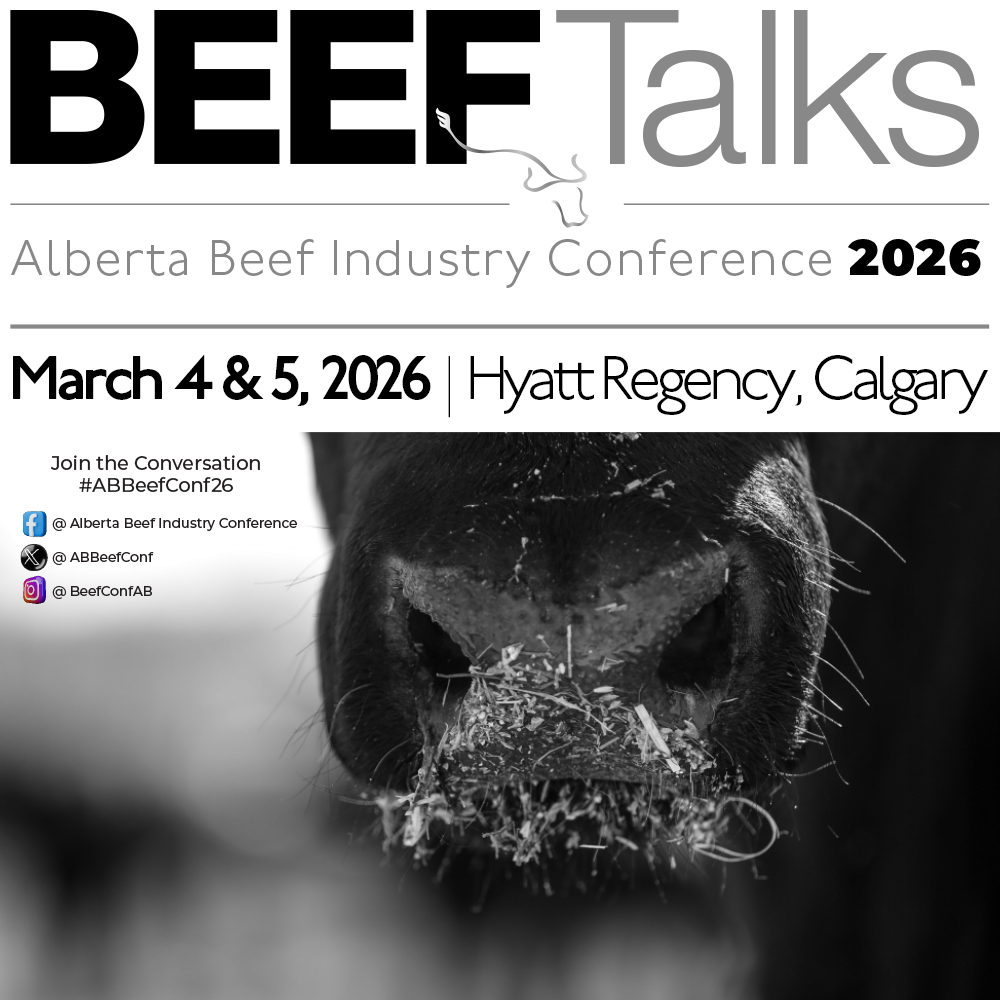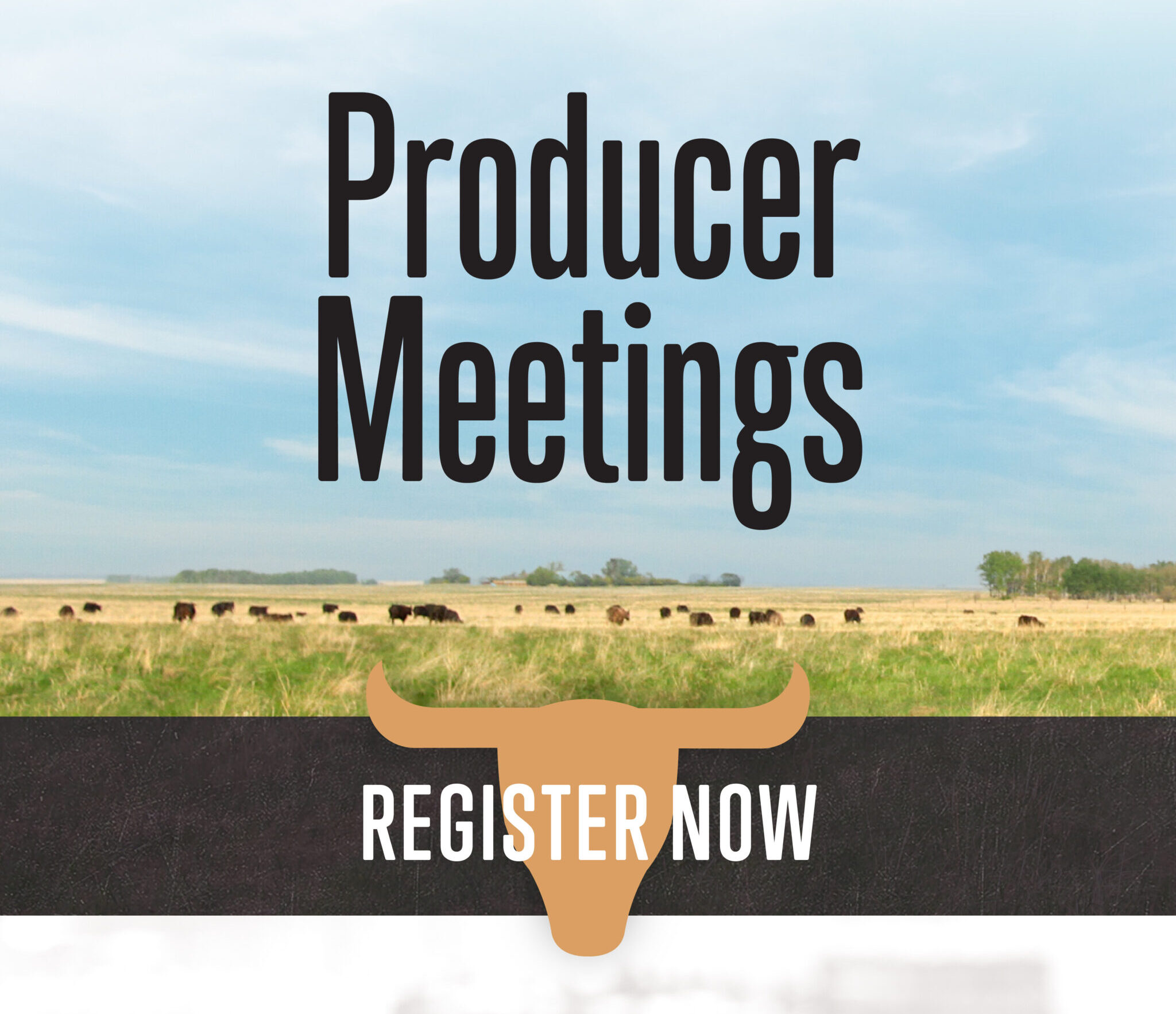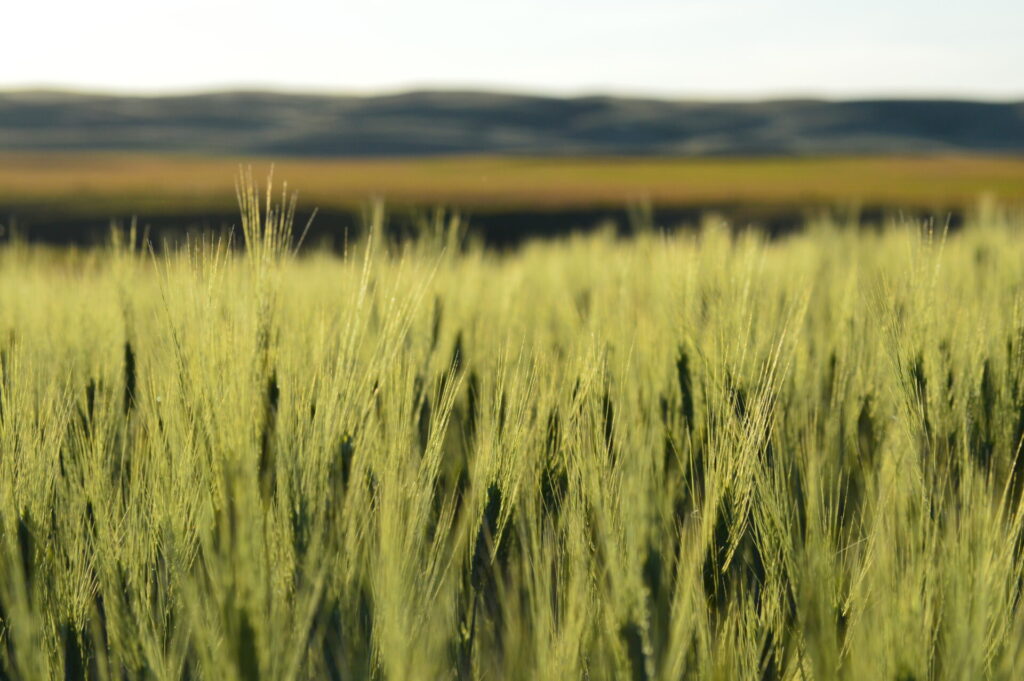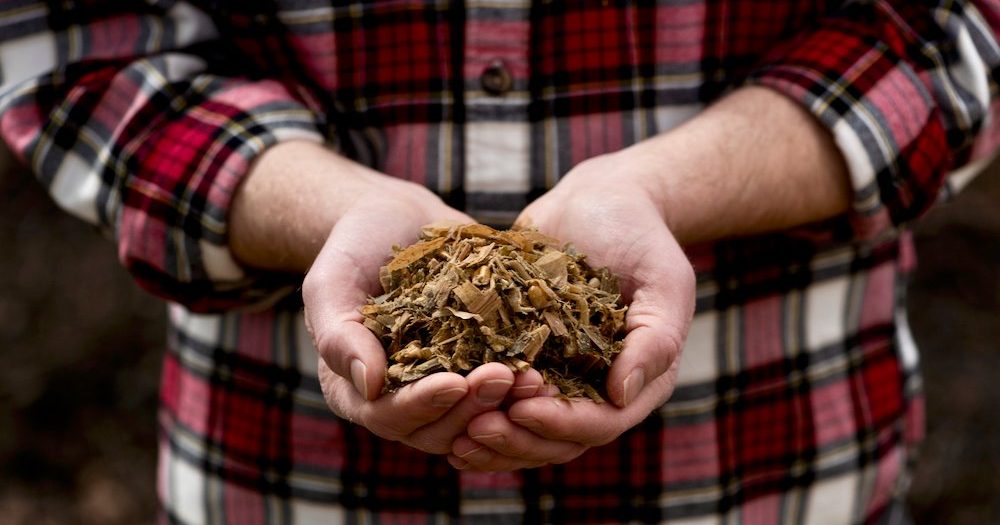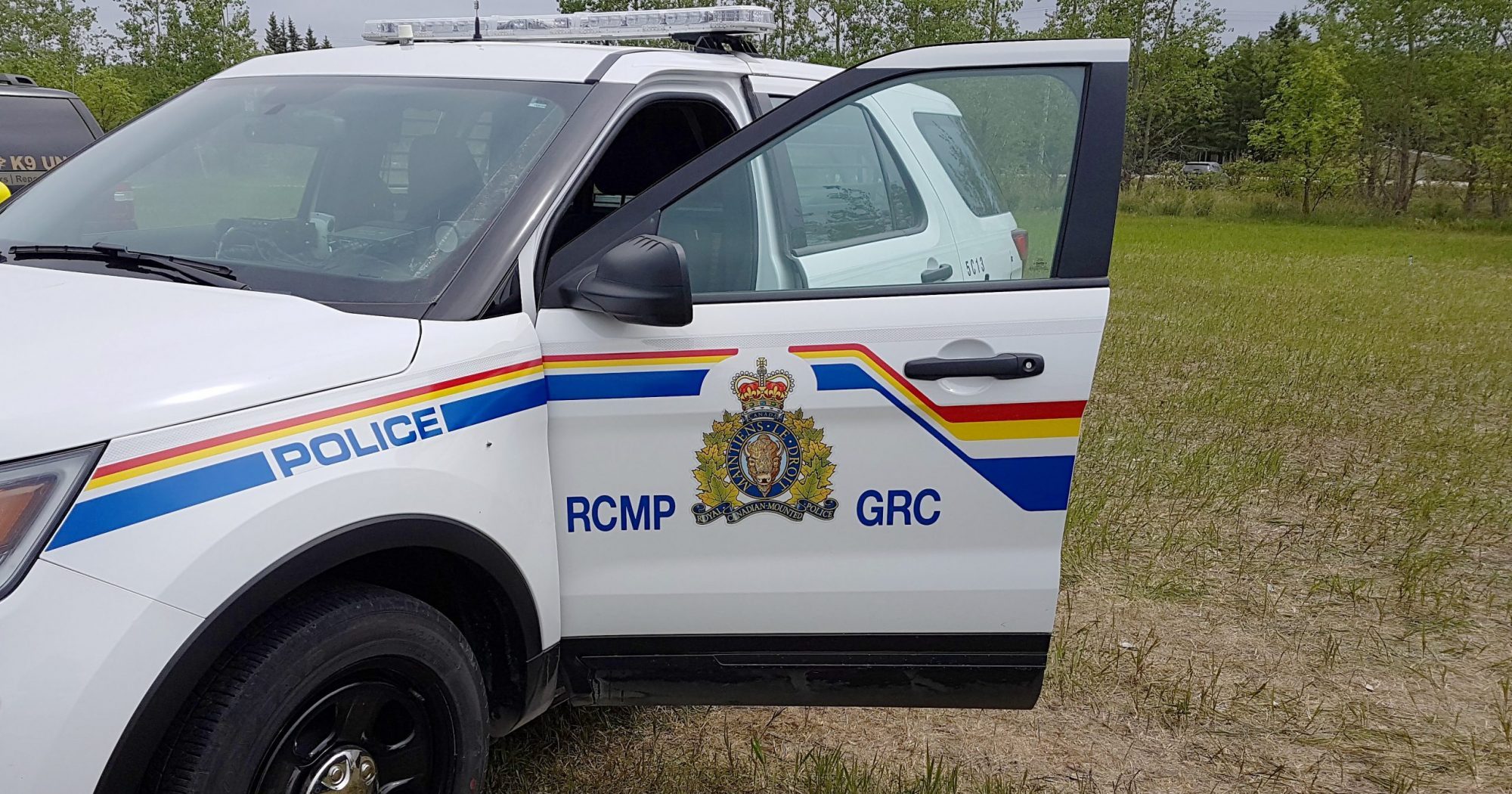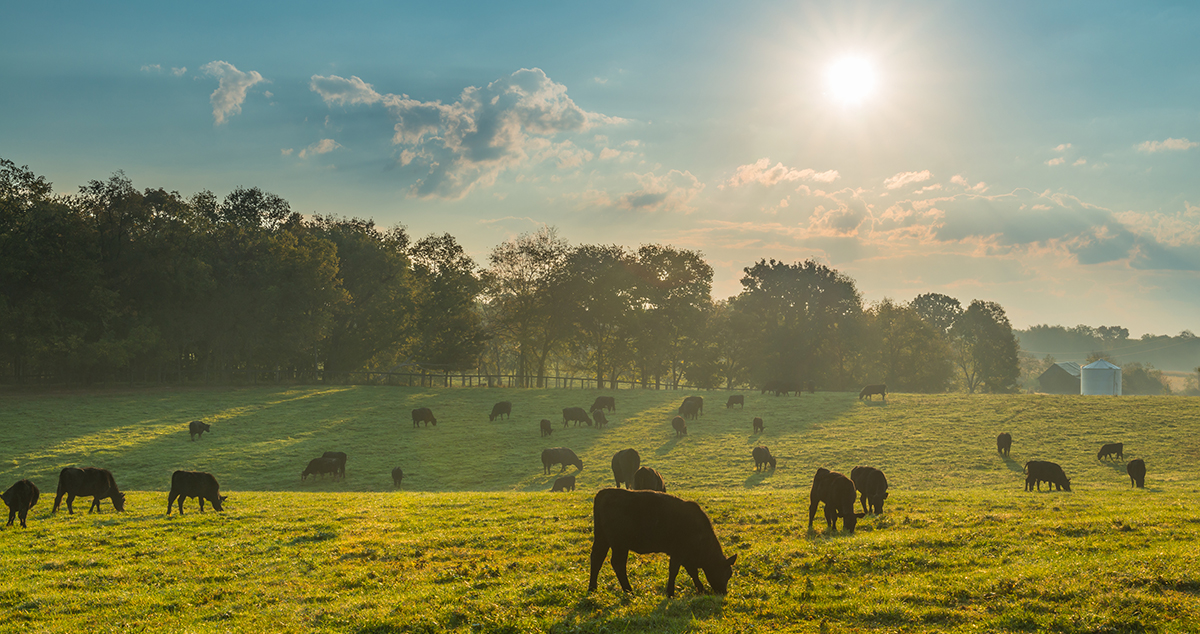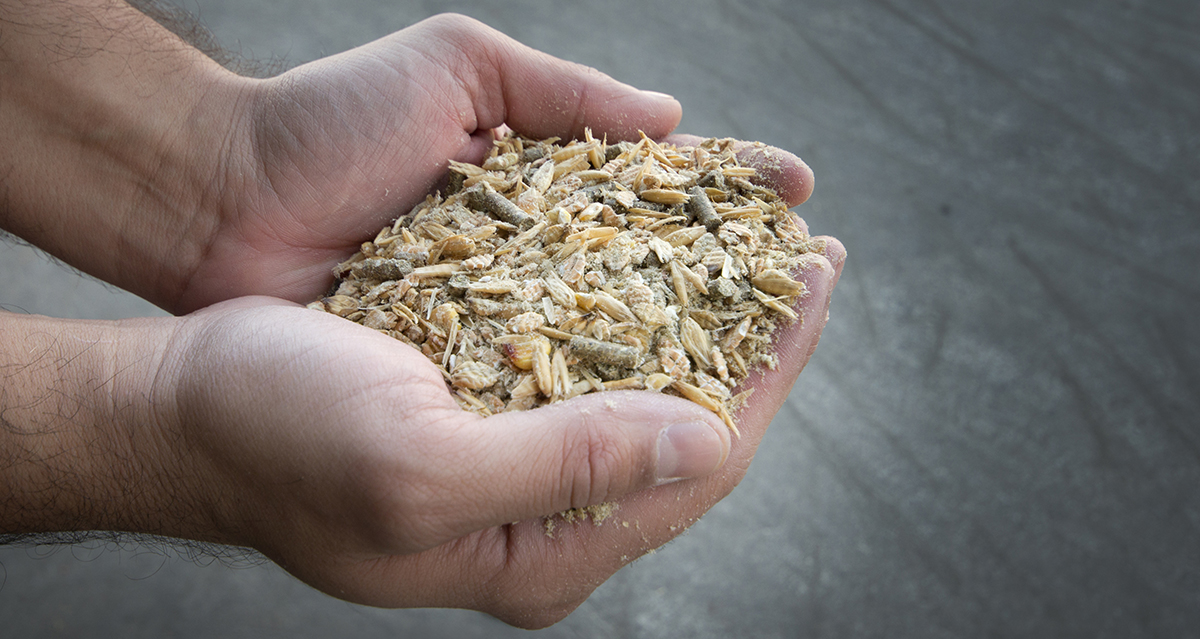AB Direct - Steers
Rail: 492.00-493.50 FOB feedlot (last week)
AB Direct - Heifers
Rail: 492.00-493.50 FOB feedlot (last week)
US Trade- Steers
Rail: 355.00-363.00 (IA, NE) last week
US Trade - Heifers
Rail: 355.00-363.00 (IA, NE) last week
Canadian Dollar
0.19
Silage: More than just filler
This article was originally posted on the Beef Cattle Research Council’s website on October 31, 2022. If starch (from grain) is the fuel in a feedlot diet, fiber (from a roughage like silage) is the engine governor that slows digestion. A backgrounding diet might contain 60 per cent silage to moderate animal growth so that…
Stretching feed supplies after calving
ABP is excited to feature the writings of Barry Yaremcio, ruminant nutritionist and production management consultant. Barry is a trusted voice in cattle nutrition and forage production, operating Yaremcio Ag Consulting Ltd. This article was originally published on his BYOB Blog, which can be found on his website. If feed supplies are getting low, there are some options…
Avoid getting scammed in haste for feed
With the drought last summer and supply chain issues through the winter, producers need to exercise caution when purchasing or selling feed this year. Stories of feed scams and theft continue to make the rounds at coffee shops and in news, and the Alberta RCMP livestock investigation unit has seen a surge in related reports….
Graduated enforcement for transport regulations ends
On February 20, 2022, the graduated enforcement period for feed, water and rest (FWR) intervals under the Health of Animals Regulations: Part XII: Transport of Animals ended. The regulations in effect include a reduced transport time of 36 hours before feed, water and rest must be provided, as well as record-keeping and transfer of care provisions….
What We’re Reading | How to sample feeds
By Lisa Guenther, Editor, Canadian Cattlemen While high nitrates in feeds are more commonly seen in frost-touched plants, Saskatchewan Agriculture staff have been seeing high levels in drought-stressed crops this summer, highlighting the importance of feed testing this fall. “We’ve seen a really wide variety of test results come in, some as high as five per…
What We’re Reading | Moo-ving carbon: Cattle and the biogenic carbon cycle
Planet of Plenty by Lauren Harris For years, cattle have carried the weight of the world in the climate change story — viewed as a major source of greenhouse gas emissions due to the methane they belch as well as digesting certain foods. While it’s true that beef cattle and dairy cows create methane, we need to…
What We’re Reading | Cutting cattle methane emissions through feed studied
BEEF by Willie Vogt When discussing greenhouse gases, a critical measure is methane. The gas has greater impact than carbon dioxide on climate science, and often livestock are considered the key culprit. A Dutch company may have found the answer for cattle contributions with a feed additive that cuts methane emissions from livestock by as…


